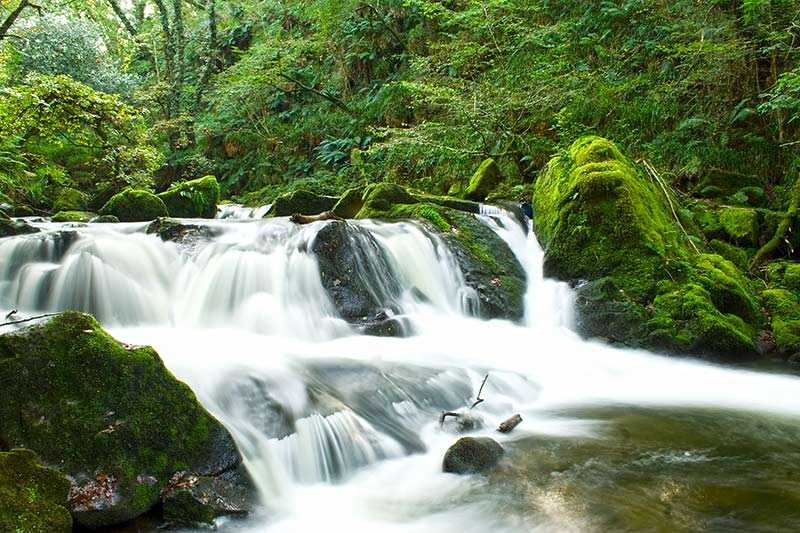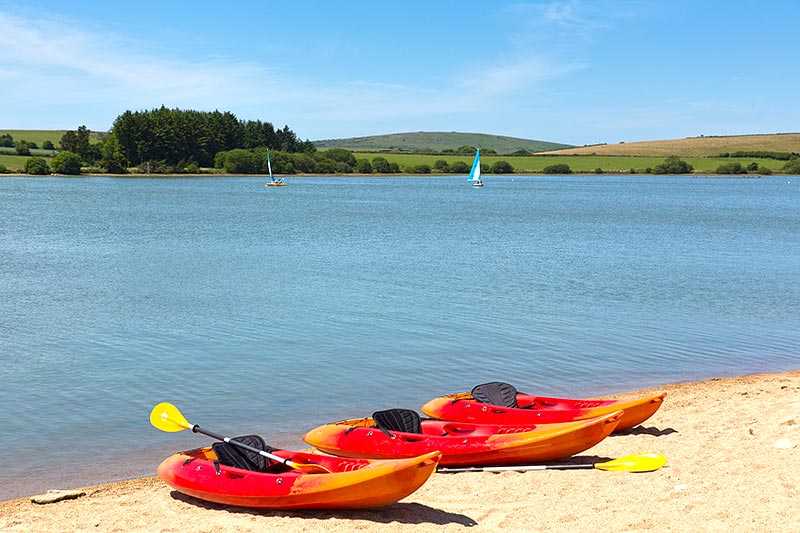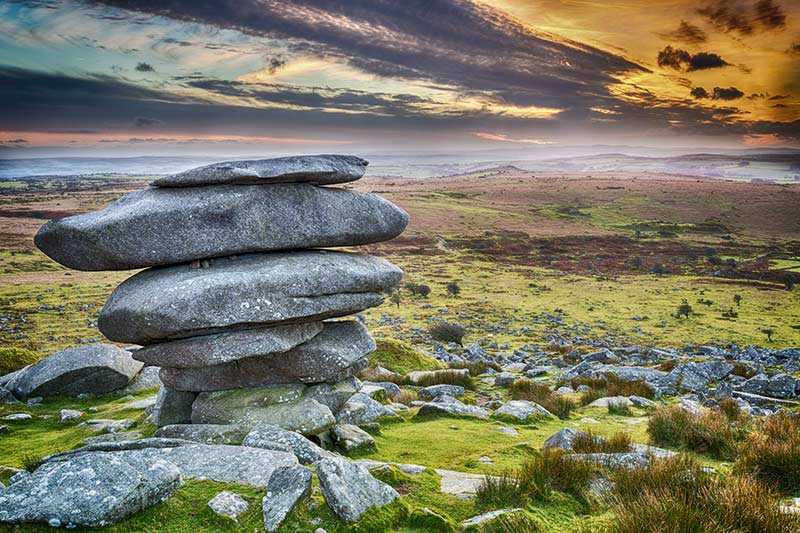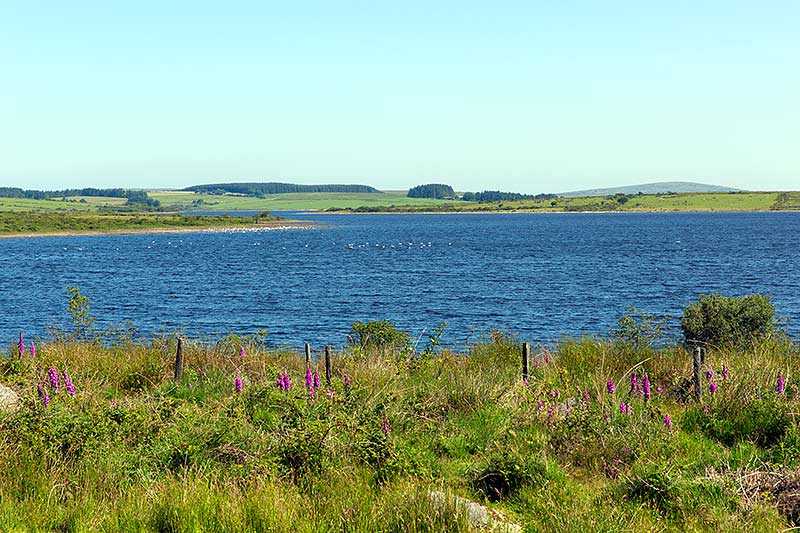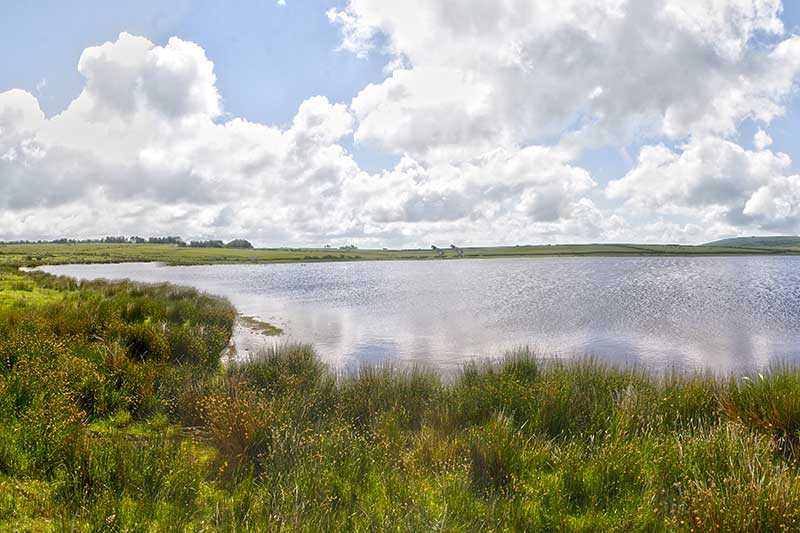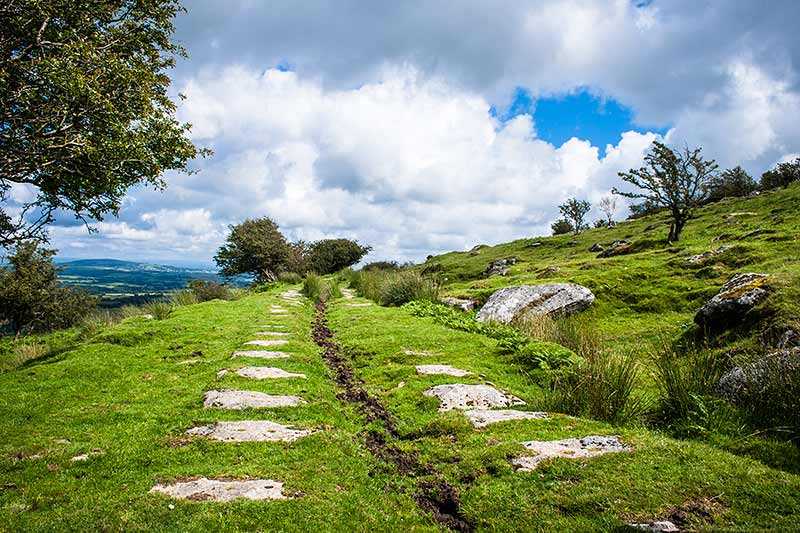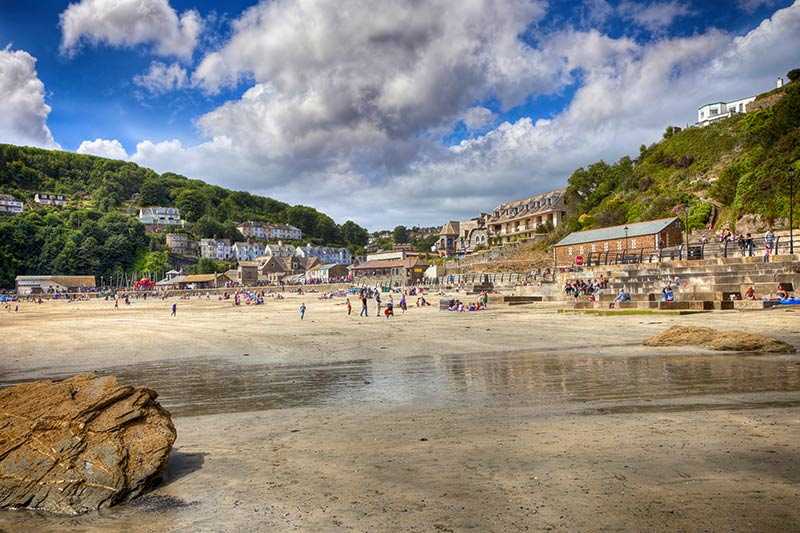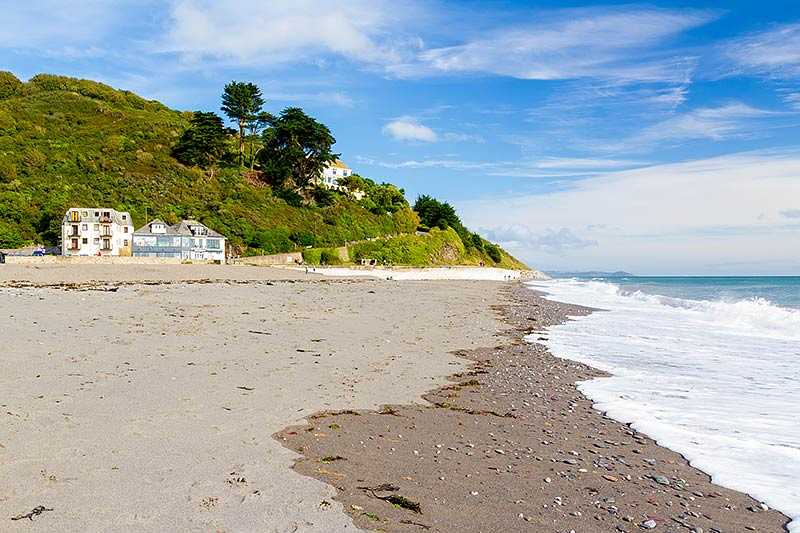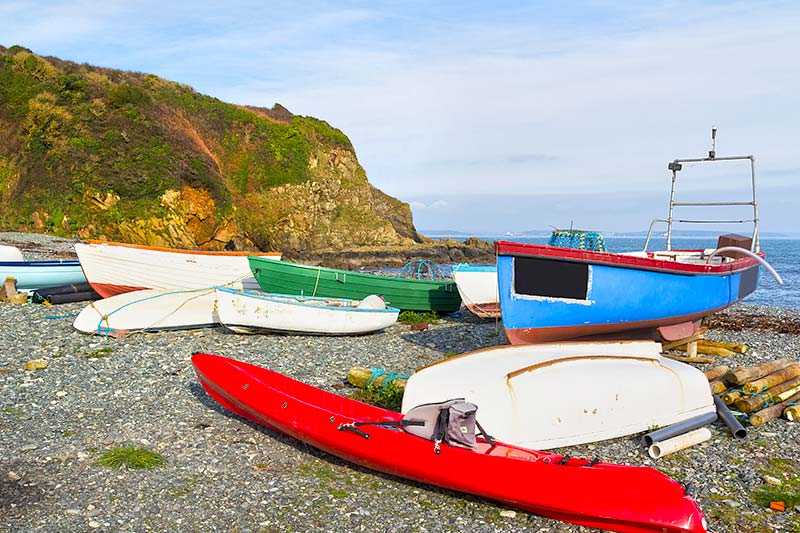Golitha Falls National Nature Reserve
About Golitha Falls National Nature Reserve
Golitha Falls National Nature Reserve is situated in Cornwall and is an area of ancient woodland nestled in the sheer-walled valley of the Rive...
About Golitha Falls National Nature Reserve
Golitha Falls National Nature Reserve is situated in Cornwall and is an area of ancient woodland nestled in the sheer-walled valley of the River Fowey. The woodland is mostly a mixture of the deciduous Sessile oak and mixed oak and ash trees, a small lasting remnant of the type of woodland that used to cover much of the surrounding area.
...Attractions near Golitha Falls National Nature Reserve
Activities
About Golitha Falls National Nature Reserve
About Golitha Falls National Nature Reserve
Golitha Falls National Nature Reserve is situated in Cornwall and is an area of ancient woodland nestled in the sheer-walled valley of the River Fowey. The woodland is mostly a mixture of the deciduous Sessile oak and mixed oak and ash trees, a small lasting remnant of the type of woodland that used to cover much of the surrounding area.
As well as this woodland, there is an old planted beech avenue which is subject to a Tree Preservation Order, preserving the trees and the lichens which swathe their upper branches. In fact, the site as a whole is important for its lichens, over 50 species of liverwort and 98 moss species, some of which are rarely found elsewhere in the UK.
The area is named for the waterfalls created by the River Fowey as it cascades through the steep-sided gorge. The landscape is dotted with abandoned mine workings, many of which are home to noctule, brown long-eared and lesser horseshoe bats. Over thirty species of bird use the reserve for breeding including nuthatches, dippers, tree creepers and buzzards, and there are a wide variety of moths and butterflies.
The sheer slopes of the gorge are thinly soiled which support plant life well suited to their environment such as common cow-wheat, hard fern and bilberry. The more generous soils at the valley’s base are more suited to the carpets of flowering bluebells, valerian and bugle. Wildflower displays are best viewed between April and July.
Several well-marked paths run through the reserve, some of which are suitable for the less mobile and pushchairs.
